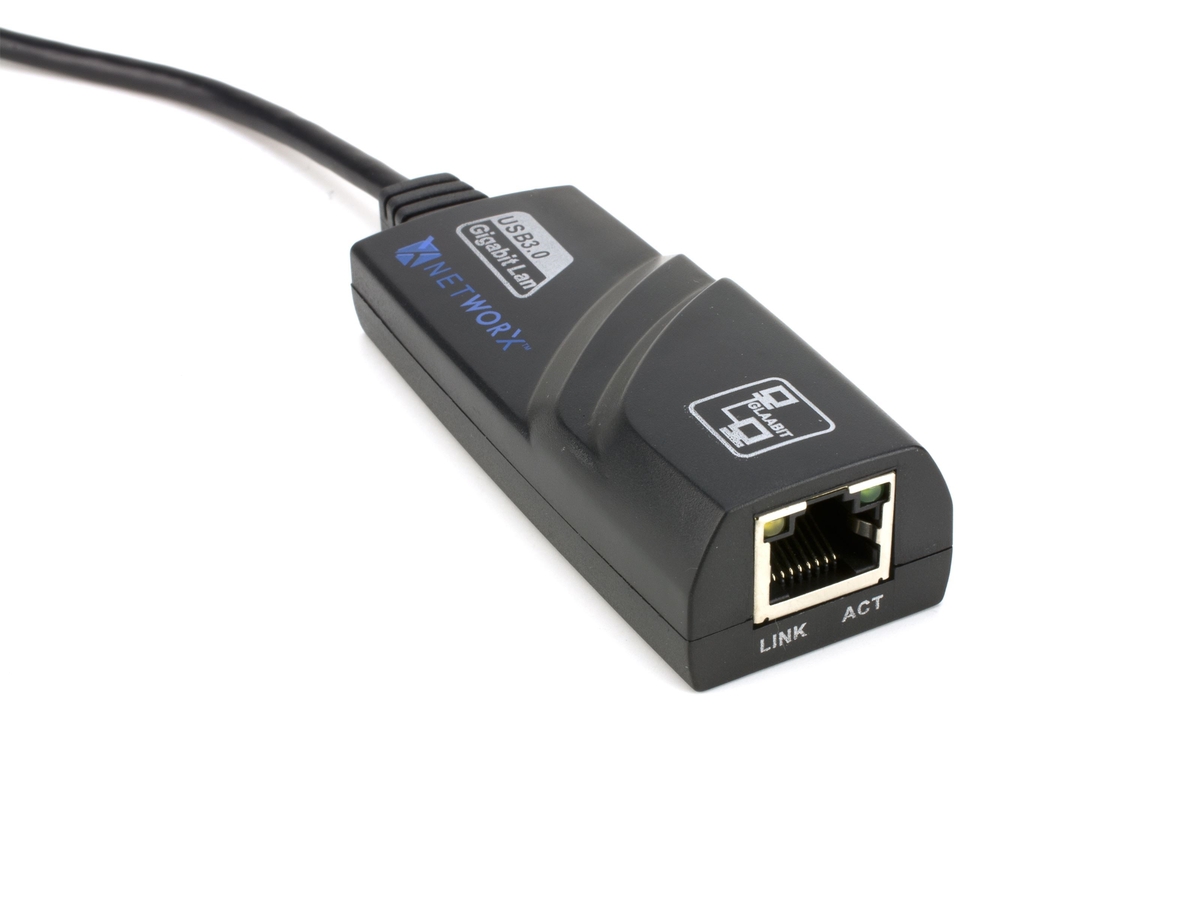

Articles
What Is Network Adapter
Modified: October 18, 2024
Learn about network adapters and their importance in Articles. Find out how network adapters connect devices to networks and enable data transmission.
(Many of the links in this article redirect to a specific reviewed product. Your purchase of these products through affiliate links helps to generate commission for Storables.com, at no extra cost. Learn more)
Introduction
In today’s interconnected world, networking plays a vital role in communication and data transfer. Whether it’s accessing the internet, sharing files, or connecting multiple devices, a network adapter is an essential component for establishing and maintaining a network connection.
A network adapter, also known as a network interface card (NIC) or network interface controller (NIC), is a hardware device that enables communication between a computer or device and a network. It serves as the interface between the computer’s motherboard and the network cables or wireless signals, allowing data to flow back and forth.
In this article, we will explore the functionality, types, installation, configuration, common issues, and advantages and disadvantages of network adapters. Whether you are a tech enthusiast or a beginner looking to understand the basics, this article will provide you with a comprehensive overview of network adapters.
Key Takeaways:
- Network adapters are essential for seamless communication and data transfer within networks, offering advantages such as high-speed data transmission, multiple device connectivity, and improved network security.
- Understanding the types, installation, and troubleshooting of network adapters empowers users to make informed decisions and effectively utilize these crucial components for enhanced network connectivity.
Definition of Network Adapter
A network adapter, also known as a network interface card (NIC) or network interface controller (NIC), is a hardware device that allows a computer or device to connect to a network. It serves as the interface between the computer’s motherboard and the network cables or wireless signals. In simple terms, it acts as a translator, converting electronic data into a format that can be transmitted over a network and vice versa.
The primary function of a network adapter is to facilitate communication between devices on a network. It enables data transfer between the computer and other devices, such as routers, switches, or modems, making it possible to access the internet, share files, and connect to other computers or devices within the network.
A network adapter can be either a physical card that is installed in the computer’s expansion slot or an integrated component that is built into the computer’s motherboard. Physical network adapters are connected to the computer through a cable, while wireless network adapters use radio signals to establish a connection.
Network adapters come in various forms, including Ethernet adapters, wireless adapters, and Bluetooth adapters. Ethernet adapters are the most common type and are used to connect computers to wired networks using an Ethernet cable. Wireless adapters, on the other hand, utilize Wi-Fi or other wireless technologies to establish a connection without the need for cables. Bluetooth adapters enable wireless communication between devices within close proximity.
Overall, a network adapter is an essential component that allows computers and devices to communicate and interact with networks. It provides the necessary interface and functionality to establish and maintain network connections, enabling seamless data transfer and network functionality.
Basic Function of a Network Adapter
A network adapter serves several basic functions that are crucial for establishing and maintaining network connectivity. Let’s explore the key functions of a network adapter:
- Connection Establishment: The primary function of a network adapter is to establish a connection between a computer or device and a network. It allows the device to connect to the network infrastructure, such as a router or switch, through wired or wireless means.
- Data Transmission: Once a connection is established, the network adapter facilitates the transmission of data between the computer and the network. It converts the data into a suitable format that can be transmitted over the network cables or wireless signals.
- Protocol Handling: Network adapters are responsible for handling various network protocols, such as Ethernet, Wi-Fi, or Bluetooth. They ensure that the data being transmitted adheres to the specific protocols required by the network infrastructure and the connected devices.
- Speed and Bandwidth Management: Network adapters play a crucial role in managing the speed and bandwidth of the network connection. They negotiate the network speed with the connected devices, ensuring optimal data transfer rates and efficient network performance.
- Error Detection and Correction: Network adapters incorporate error detection and correction mechanisms to ensure the integrity of data transmission. They detect and correct errors, such as noise or packet loss, to ensure accurate and reliable data transfer.
- Network Addressing: Network adapters are responsible for assigning and managing network addresses, such as IP addresses, for the connected devices. They allow devices to identify and communicate with each other within the network.
- Security and Authentication: Network adapters facilitate secure network communication by implementing encryption and authentication protocols. They ensure that the data being transmitted is protected from unauthorized access or interception.
Overall, the basic function of a network adapter is to establish and maintain network connectivity, facilitate data transmission, handle network protocols, manage network speed and bandwidth, ensure data integrity, assign network addresses, and provide security measures. It plays a crucial role in enabling seamless communication and interaction within a network environment.
Types of Network Adapters
Network adapters come in various types, each designed to support different connectivity options and network standards. Let’s explore the different types of network adapters:
- Ethernet Adapters: Ethernet adapters, also known as network interface cards (NIC), are the most common type of network adapter. They are used to connect computers and devices to wired Ethernet networks. These adapters typically have an RJ-45 Ethernet port that allows for connection using an Ethernet cable.
- Wireless Adapters: Wireless adapters, also called Wi-Fi adapters, enable wireless connectivity between devices and wireless networks. They use Wi-Fi technology to establish a connection without the need for physical cables. These adapters come in different forms, including USB Wi-Fi adapters that can be plugged into a USB port, and PCI or PCIe Wi-Fi cards that are installed directly onto the computer’s motherboard.
- Bluetooth Adapters: Bluetooth adapters are used to connect devices such as keyboards, mice, and headphones wirelessly. They create a short-range personal area network (PAN) and allow for communication between devices within close proximity. Bluetooth adapters are often integrated into computers and devices, but external USB adapters are also available.
- Powerline Adapters: Powerline adapters utilize the existing electrical wiring in a building to transmit data signals. They come in a pair of adapters – one connected to the router or modem, and the other connected to the device. The adapters use the electrical wiring to establish a network connection, providing an alternative to Wi-Fi or Ethernet connectivity in areas with weak signals.
- Fiber Optic Network Adapters: Fiber optic adapters are used in high-speed networks that require long-distance data transmission with minimal signal loss. They support the use of fiber optic cables, which use light signals to transmit data. These adapters are commonly utilized in enterprise networks or data centers where high-speed and reliable connections are essential.
It’s important to note that some devices, such as laptops, tablets, and smartphones, may have built-in network adapters that support multiple connectivity options, including Ethernet, Wi-Fi, and Bluetooth. These devices often have the flexibility to switch between different network adapters depending on the availability and preference of the user.
By understanding the different types of network adapters, you can choose the appropriate adapter for your specific needs and network requirements. Whether it’s a wired Ethernet connection, wireless connectivity, or specialized network configurations, there is a network adapter available to suit various connectivity scenarios.
Installation and Configuration of Network Adapters
Installing and configuring a network adapter is a straightforward process that can vary slightly depending on the type of adapter and the operating system being used. Here are the general steps involved in installing and configuring a network adapter:
- Choose the right adapter: Select a network adapter that is compatible with your computer and network requirements. Consider factors such as the interface (Ethernet, Wi-Fi, Bluetooth), compatibility with your operating system, and the desired speed and range of the adapter.
- Prepare for installation: Make sure your computer is powered off and disconnected from any power source. If you’re installing a physical network adapter, ensure that you have an available expansion slot on your motherboard. For wireless adapters, ensure that your computer has the necessary drivers and software.
- Physical installation: For physical network adapters, open your computer’s case (if necessary) and locate an available expansion slot. Insert the network adapter into the slot and secure it using screws or clips. Close the computer case and ensure that the adapter is firmly seated.
- Software installation: If you’re installing a wireless adapter, insert the installation disc that came with the adapter into your computer’s optical drive. Follow the on-screen instructions to install the necessary drivers and software. Alternatively, you can download the drivers and software from the manufacturer’s website. For built-in adapters, ensure that the appropriate drivers are installed or updated.
- Configuration: Once the drivers and software are installed, you may need to configure the network adapter settings. This typically involves accessing the network settings on your computer and selecting the appropriate network adapter from the list. You may also need to enter network credentials, such as a Wi-Fi password, to establish a connection. Follow the on-screen prompts to complete the configuration process.
- Testing the connection: After installation and configuration, test the network adapter by connecting to a network. For wired adapters, ensure that the Ethernet cable is securely connected to both the adapter and the router/modem. For wireless adapters, scan for available networks and connect to the desired network by entering the necessary credentials. Verify that the network connection is established and functioning properly.
- Updating drivers: To ensure optimal performance, regularly update the drivers for your network adapter. Check the manufacturer’s website for driver updates and install them as needed. Updated drivers often provide bug fixes, performance improvements, and compatibility enhancements.
It’s important to follow the specific instructions provided by the network adapter manufacturer and refer to the documentation and support resources available. If you encounter any issues during the installation or configuration process, consult the manufacturer’s support channels or seek assistance from technical experts.
By following these steps, you can successfully install and configure a network adapter, enabling network connectivity and seamless communication with other devices on your network.
A network adapter, also known as a network interface card (NIC), is a hardware component that allows a device to connect to a network. It is essential for enabling communication between devices on a network and accessing the internet.
Common Issues and Troubleshooting Network Adapters
While network adapters are essential for establishing network connectivity, they can encounter various issues that can disrupt the connection. Here are some common issues you may encounter with network adapters and troubleshooting steps to resolve them:
- No Connection: If your network adapter is not connecting to the network, start by checking the physical connections. Ensure that the Ethernet cable is securely plugged in or that the wireless adapter is properly activated. If the issue persists, try restarting your router or modem, as well as your computer. Additionally, verify that the correct network drivers are installed and up to date.
- Slow or Weak Signal: If you are experiencing slow or weak network signals, consider the location of your computer or device in relation to the router or access point. If possible, try moving closer to the router to improve the signal strength. Additionally, ensure that there are no physical obstructions, such as walls or other electronic devices, interfering with the signal. If the issue persists, try updating the drivers or adjusting the network adapter settings to optimize performance.
- Intermittent Connection: If your network connection drops intermittently, it may be due to interference from other devices or networks. Make sure your router and network adapter are using a less congested Wi-Fi channel. You can also try moving your router to a different location away from potential sources of interference, such as cordless phones or microwave ovens.
- Driver Issues: Outdated or incompatible drivers can cause network adapter problems. To resolve driver-related issues, visit the manufacturer’s website to download the latest drivers for your specific network adapter model and operating system. Uninstall the existing driver before installing the updated version. If necessary, use a separate computer to download the drivers and transfer them manually to the affected device.
- IP Address Conflict: An IP address conflict can occur if two devices on the same network have the same IP address. This can cause network connectivity issues. To resolve this, ensure that your network adapter is set to obtain an IP address automatically. You can also try releasing and renewing the IP address using the command prompt or restarting your router.
- Security and Firewall Issues: Firewalls and security software can sometimes interfere with network connections. Temporarily disable your firewall or security software to see if it resolves the issue. If the problem is resolved, adjust the settings of your security software to allow network communication.
If you are still experiencing network adapter issues after troubleshooting, consider seeking technical support from the manufacturer or consulting with a professional technician. They can provide further guidance and assistance in resolving the specific issues you are facing.
By understanding these common issues and following the troubleshooting steps, you can effectively troubleshoot and resolve network adapter problems, ensuring a stable and reliable network connection.
Advantages and Disadvantages of Network Adapters
Network adapters offer numerous advantages and benefits for establishing and maintaining network connectivity. However, they also have some limitations and disadvantages. Let’s explore the advantages and disadvantages of network adapters:
Advantages:
- Enhanced Connectivity: Network adapters provide a means to connect computers and devices to networks, allowing for seamless data transfer and communication.
- Flexibility: Different types of network adapters, such as Ethernet, Wi-Fi, and Bluetooth adapters, offer flexibility in choosing the connectivity option that best suits the network environment and user preferences.
- High-Speed Data Transfer: Network adapters enable high-speed data transmission, allowing for quick access to the internet, smooth media streaming, and efficient file sharing.
- Multiple Device Connectivity: With network adapters, multiple devices can be connected to a network simultaneously, enabling easy sharing of resources and collaboration.
- Improved Network Security: Network adapters offer built-in security features, such as encryption and authentication protocols, to ensure secure data transmission and protect against unauthorized access.
- Easy Installation and Configuration: Installing and configuring network adapters is generally a straightforward process, with user-friendly interfaces and step-by-step instructions.
Disadvantages:
- Dependency on Network Infrastructure: Network adapters rely on the availability and functionality of the network infrastructure, such as routers or access points. If the network infrastructure is down or experiencing issues, the network adapter may not be able to establish a connection.
- Compatibility Issues: Network adapters may not always be compatible with all devices or operating systems. Ensuring compatibility and finding appropriate drivers can sometimes be challenging, especially for older devices or niche operating systems.
- Signal Interference and Range Limitations: Wireless network adapters, in particular, may be susceptible to signal interference from other devices or obstacles, such as walls or furniture. They also have range limitations, requiring the user to be within a certain distance from the router or access point for optimal performance.
- Security Vulnerabilities: While network adapters have security features, they can still be vulnerable to attacks if not properly maintained or configured. It’s essential to regularly update the adapter’s firmware and use strong network encryption protocols to mitigate security risks.
- Network Congestion: In densely populated areas or networks with heavy traffic, network congestion can affect the performance of network adapters. This can result in slower speeds, dropped connections, or reduced network stability.
Despite these disadvantages, network adapters play a critical role in modern connectivity and are widely used in homes, businesses, and public environments. They offer numerous advantages in terms of connectivity, speed, flexibility, and security, making them an essential component for accessing and utilizing network resources.
Read more: How To Install Driver For Network Adapter
Conclusion
Network adapters play a crucial role in enabling communication and connectivity within networks. Whether it’s a wired Ethernet connection, a wireless Wi-Fi connection, or a Bluetooth connection, network adapters provide the necessary interface and functionality to establish and maintain network connections.
In this article, we explored the definition and basic functions of network adapters. We learned about the different types of network adapters, including Ethernet adapters, wireless adapters, Bluetooth adapters, powerline adapters, and fiber optic network adapters. Each type has its own advantages and is designed to support specific connectivity options and network standards.
We also discussed the installation and configuration process for network adapters, providing a general guide for setting up a network adapter and troubleshooting common issues that may arise. It’s important to follow manufacturer instructions, update drivers regularly, and seek professional assistance when required to ensure optimal performance.
Network adapters offer several advantages, such as enhanced connectivity, flexibility, high-speed data transfer, multiple device connectivity, improved network security, and easy installation and configuration. However, they also have limitations, including dependency on network infrastructure, compatibility issues, signal interference and range limitations for wireless adapters, security vulnerabilities, and network congestion.
In conclusion, network adapters are essential components for establishing and maintaining network connectivity. They provide the means to connect devices to networks, enable data transmission, and offer various benefits for efficient communication and resource sharing. By understanding the functions, types, installation, and common troubleshooting techniques, individuals can make informed decisions and effectively utilize network adapters to enhance their network connectivity experience.
Frequently Asked Questions about What Is Network Adapter
Was this page helpful?
At Storables.com, we guarantee accurate and reliable information. Our content, validated by Expert Board Contributors, is crafted following stringent Editorial Policies. We're committed to providing you with well-researched, expert-backed insights for all your informational needs.
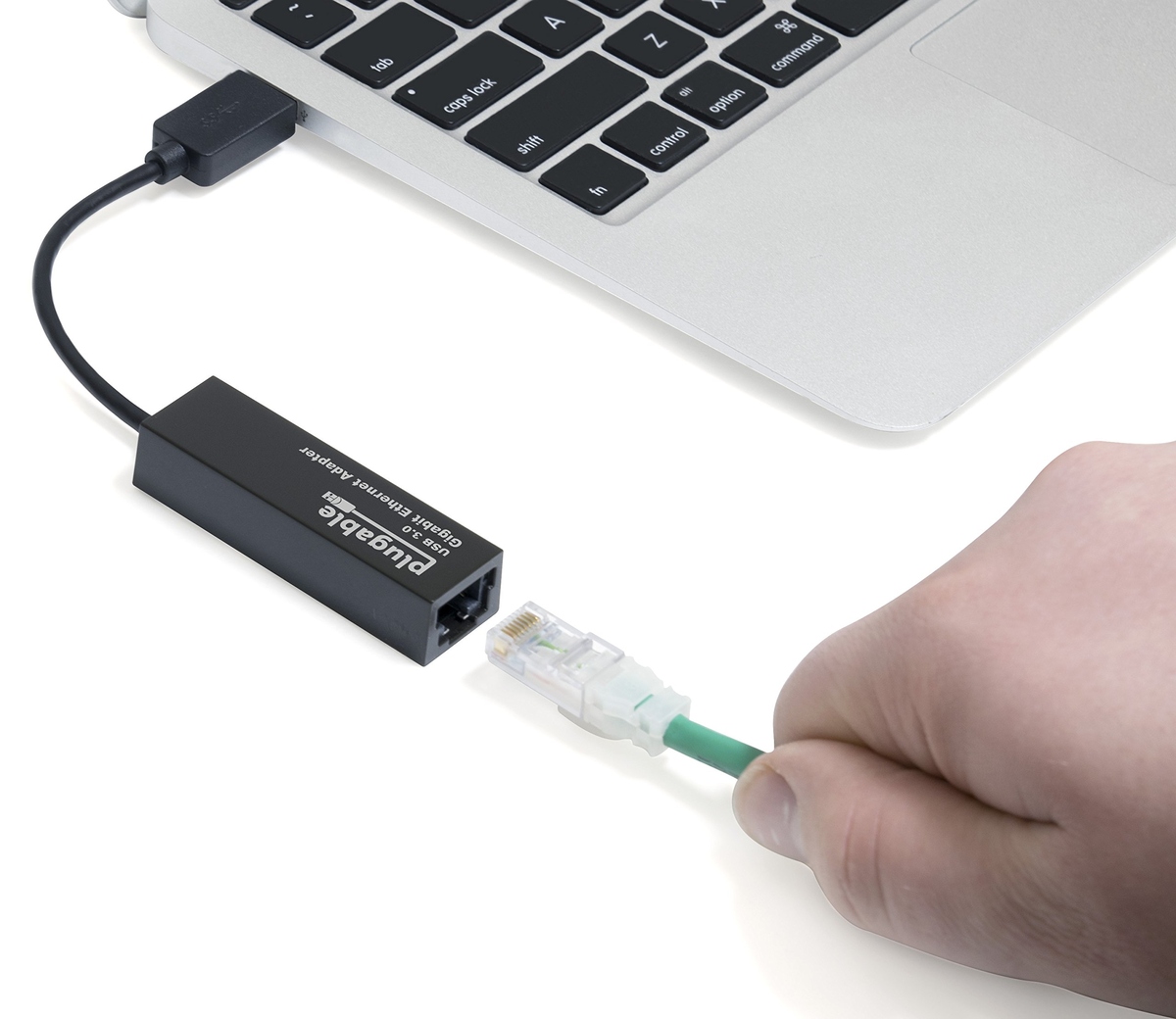
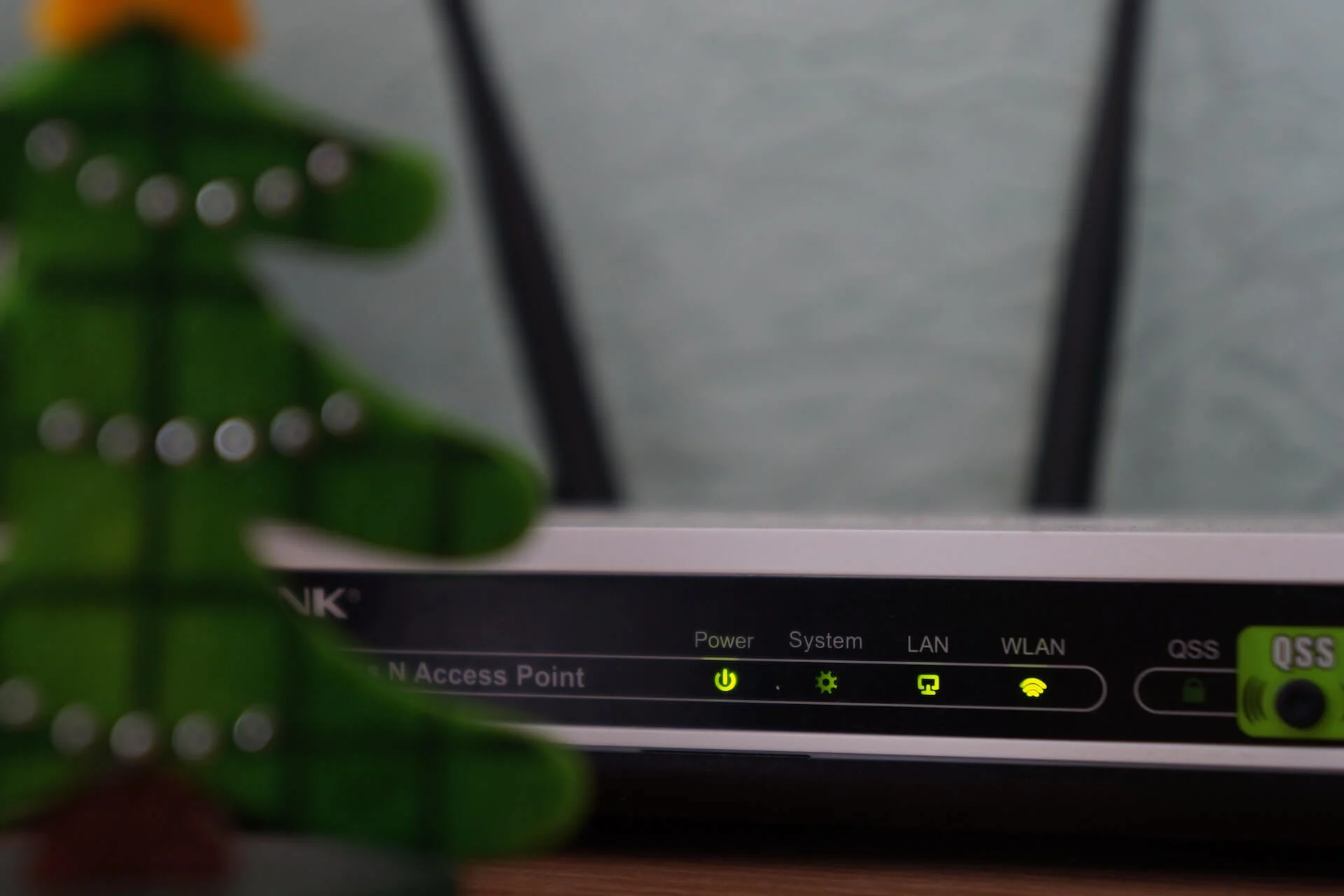

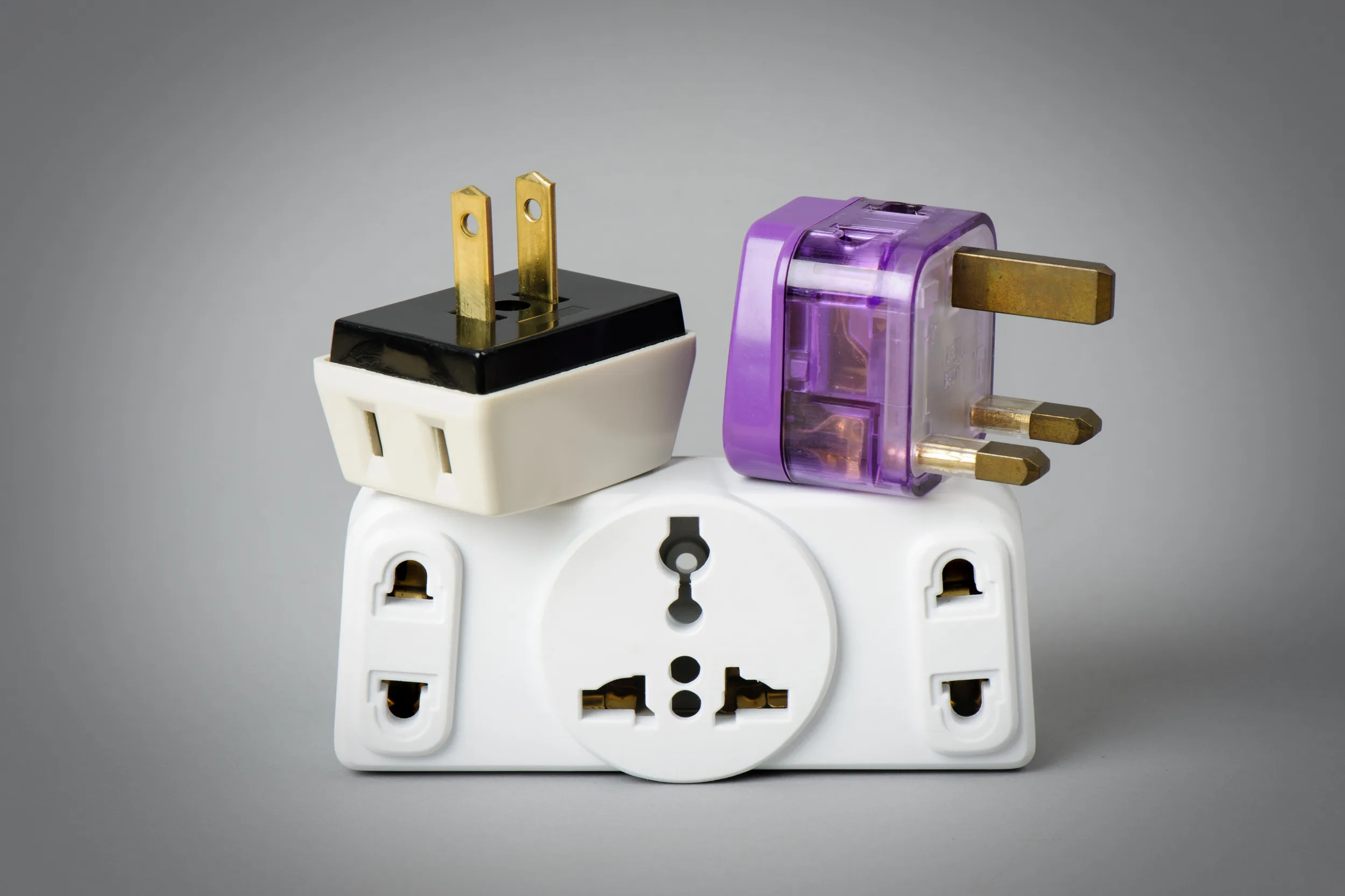

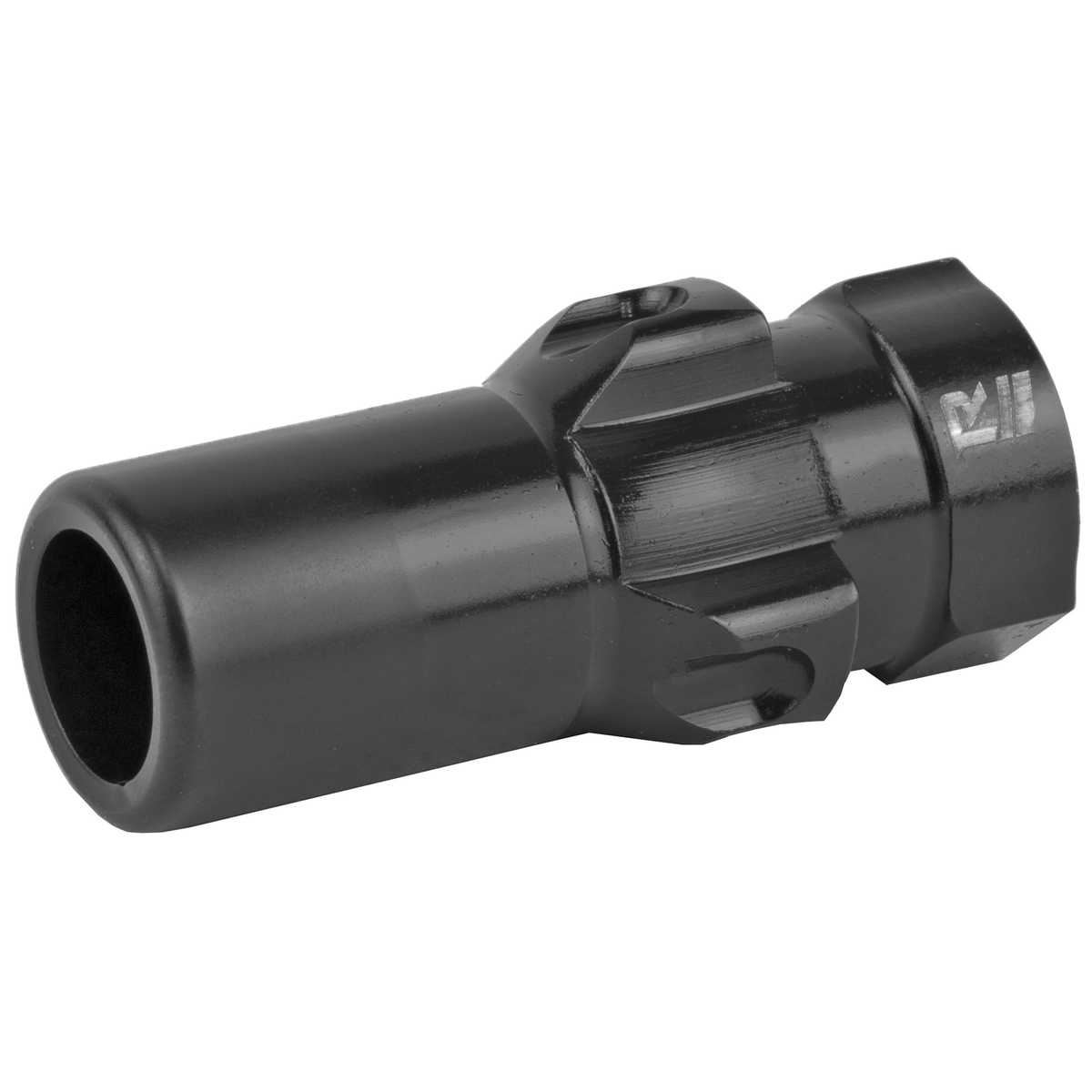

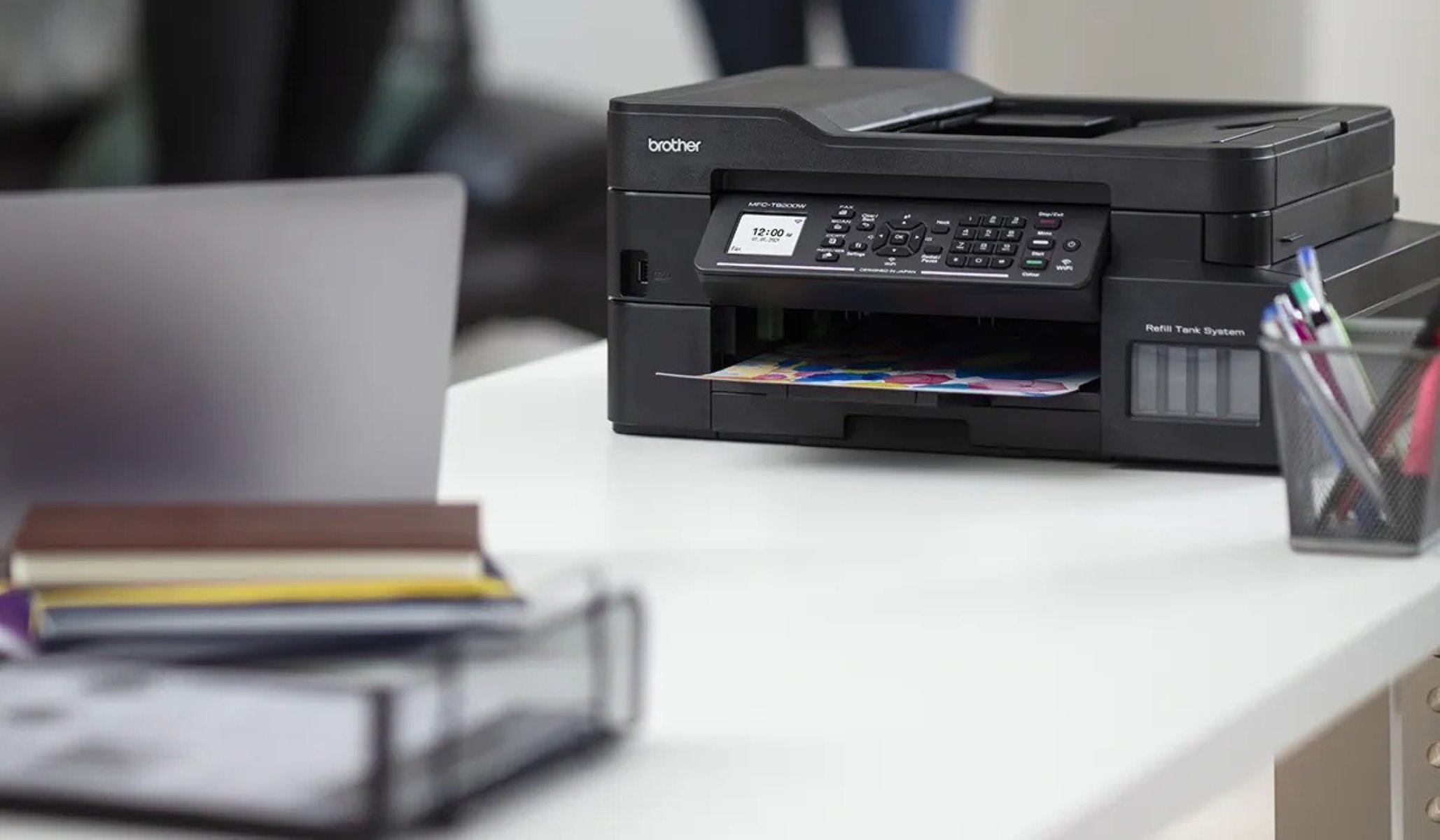
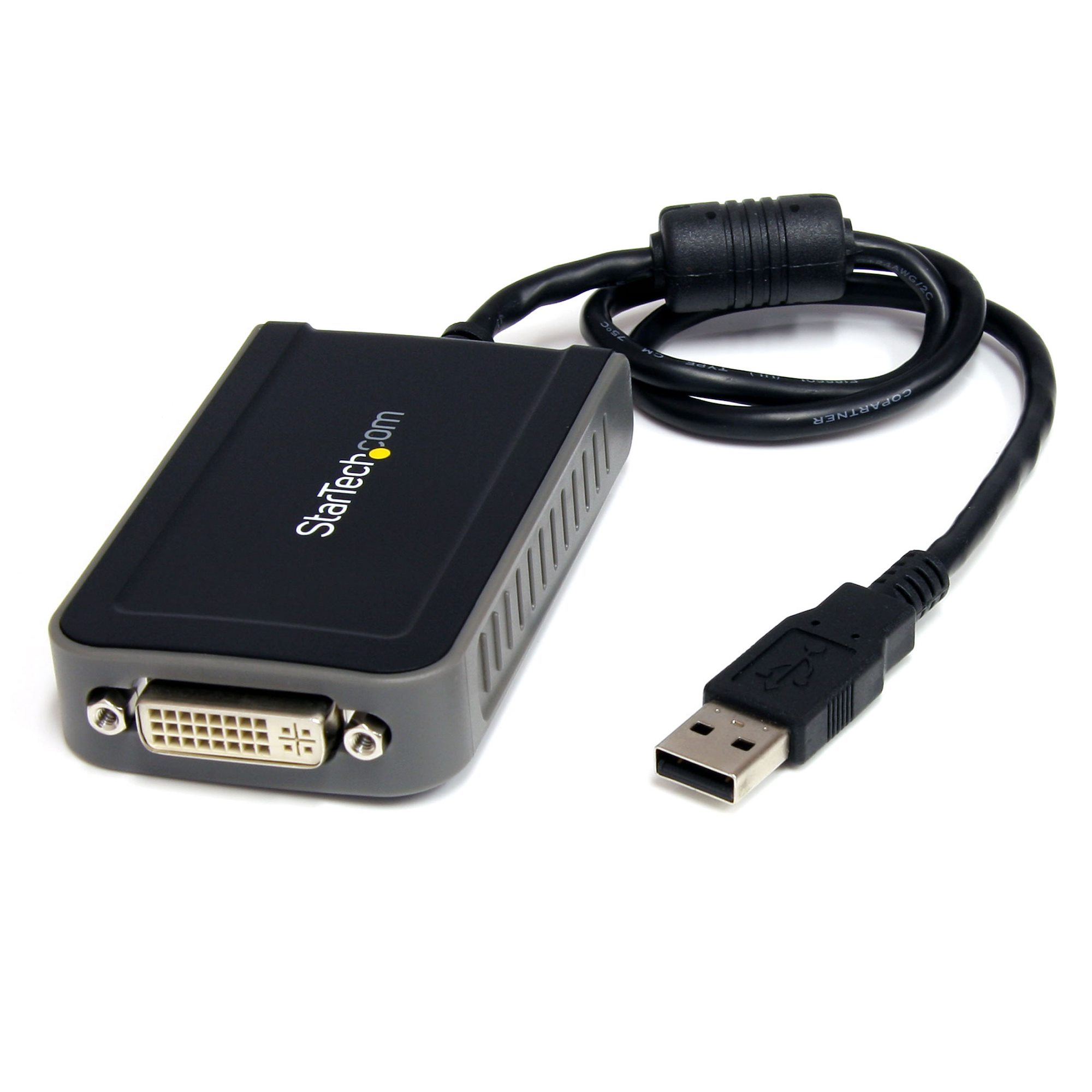
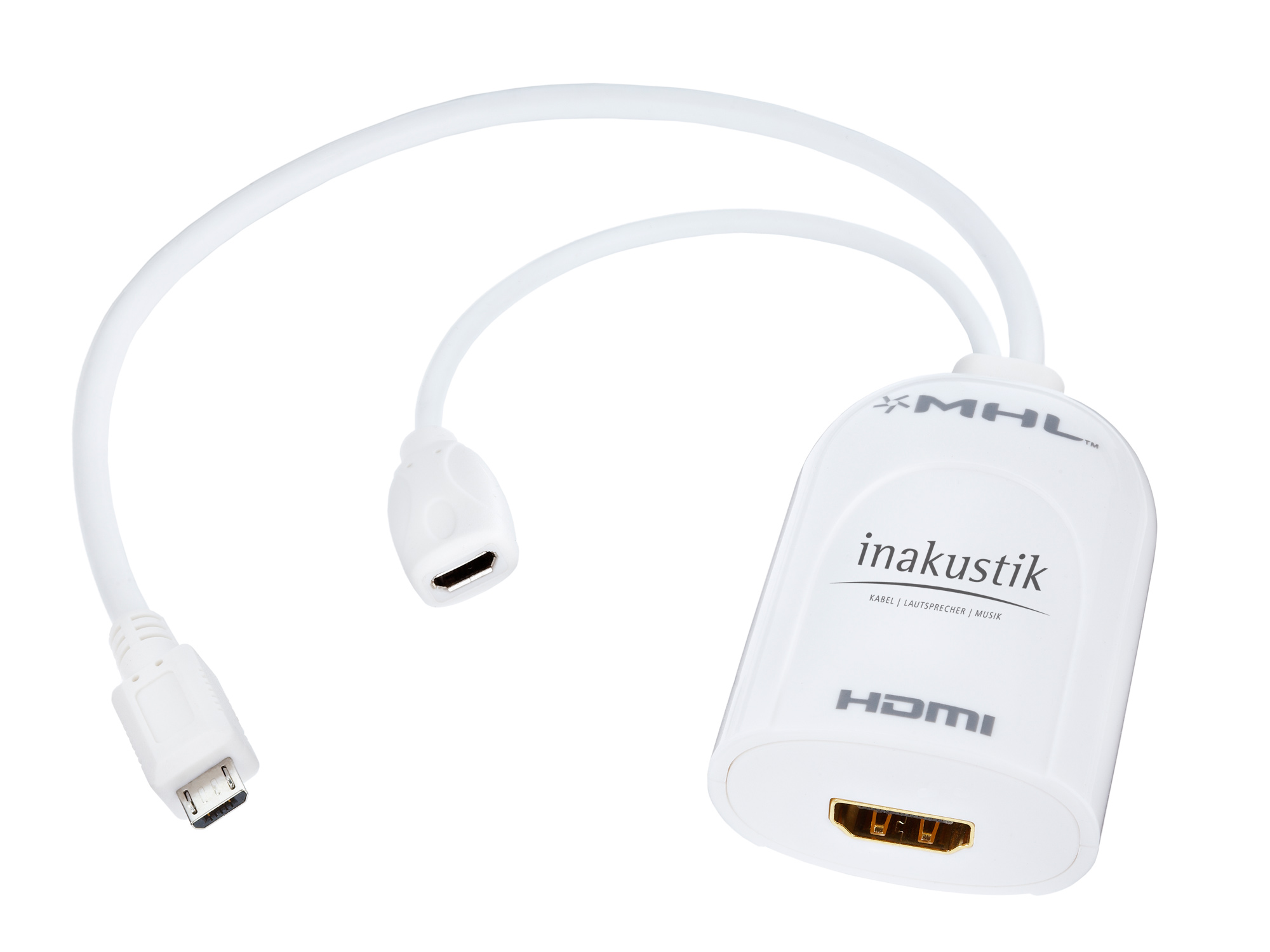
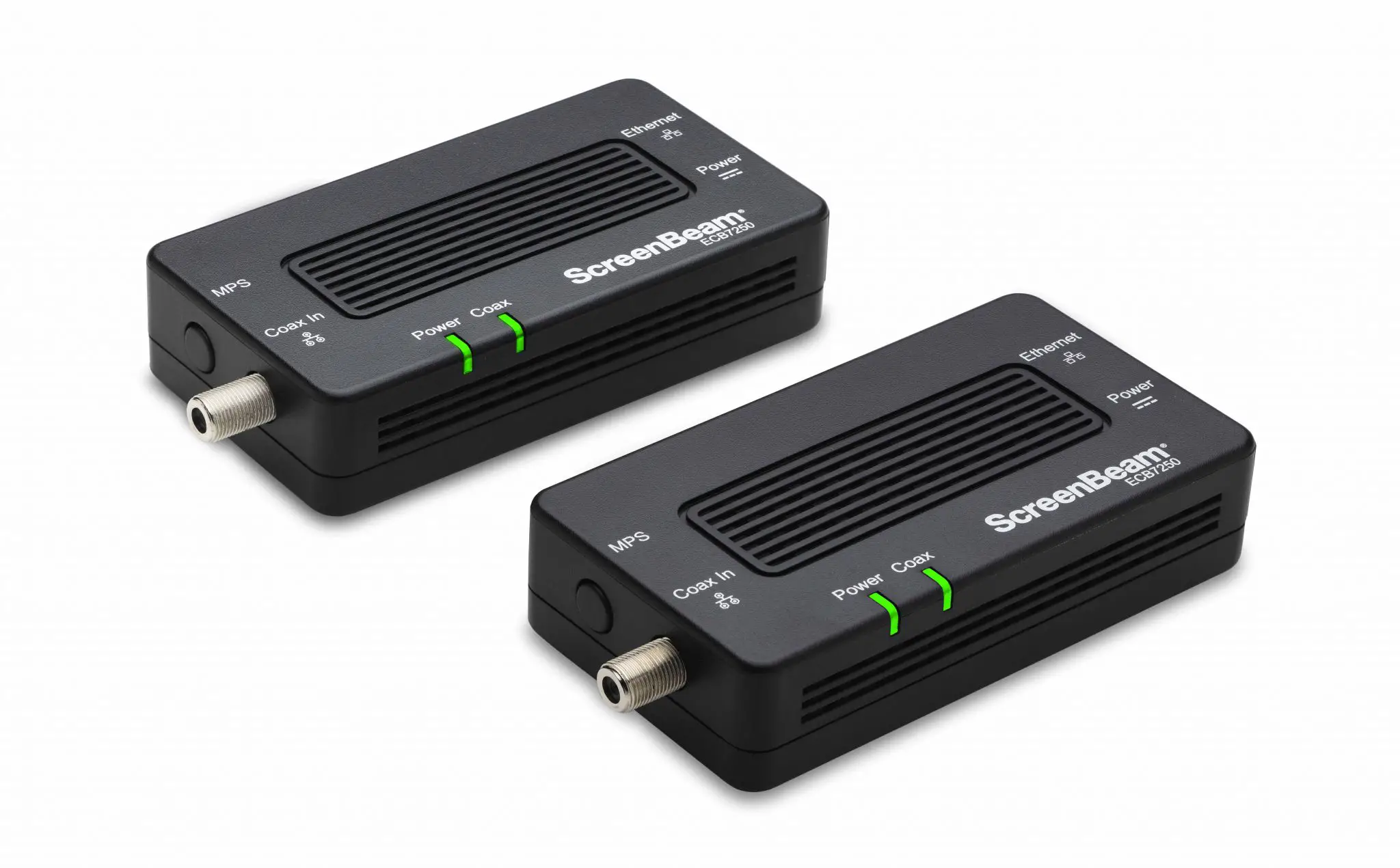
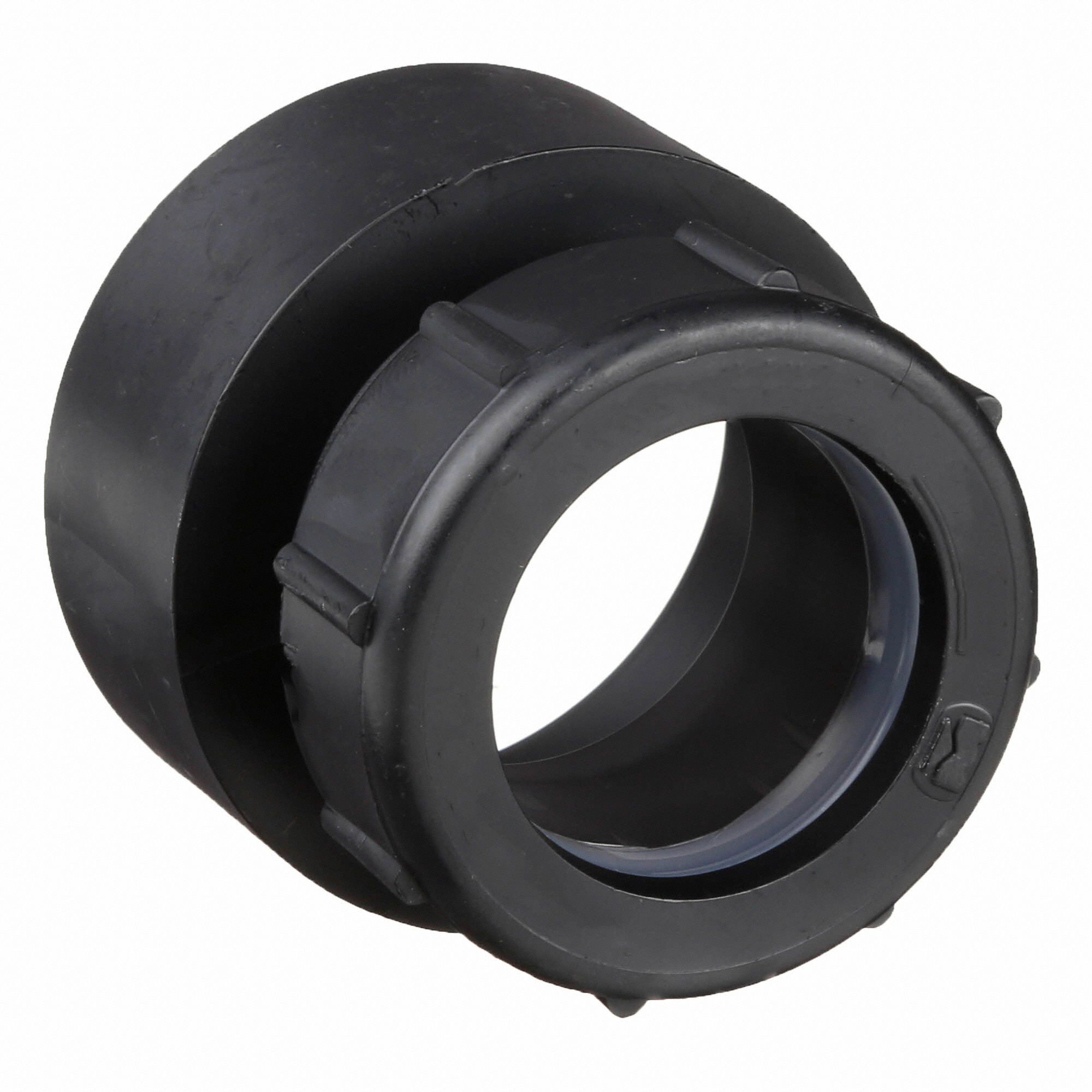
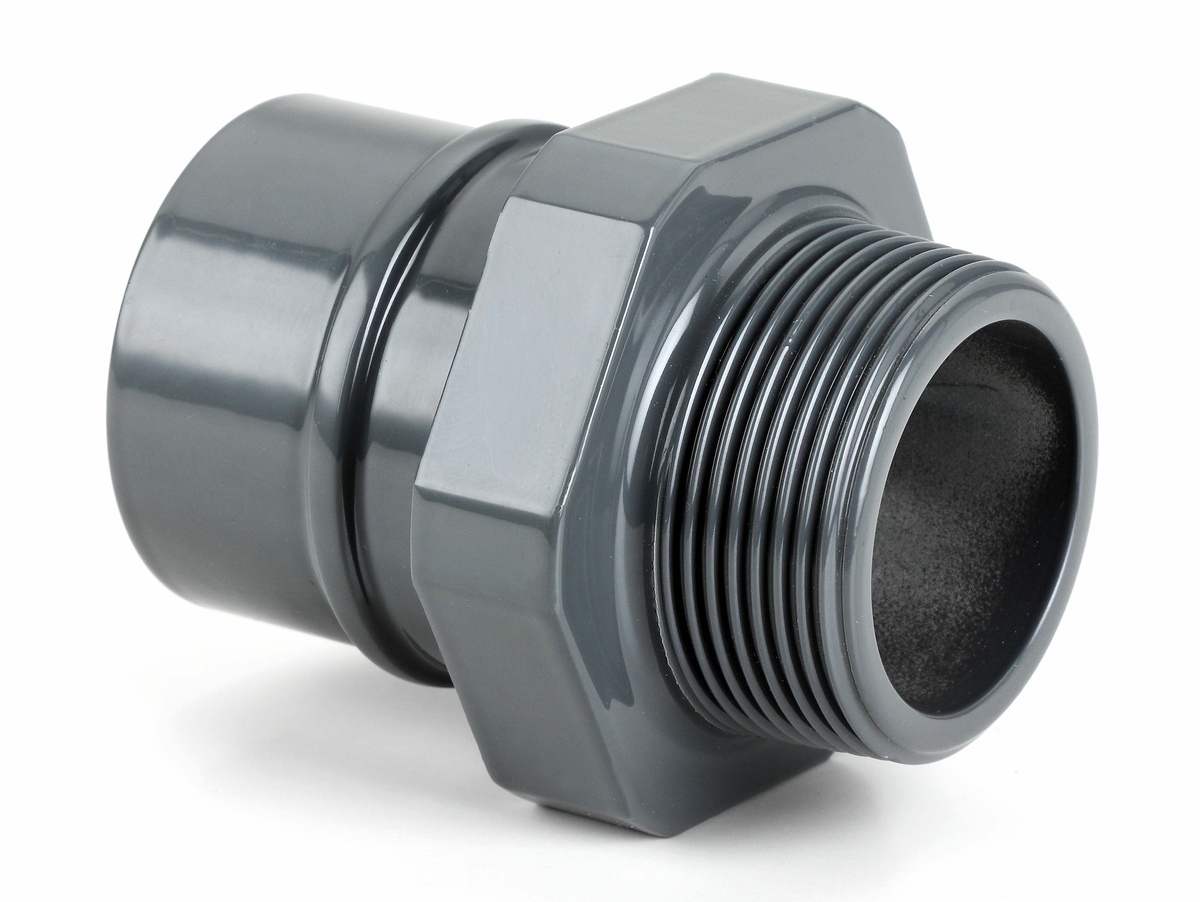

0 thoughts on “What Is Network Adapter”